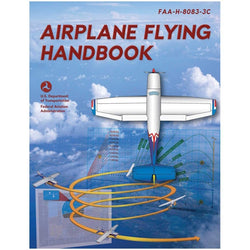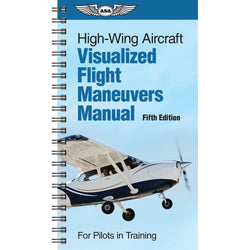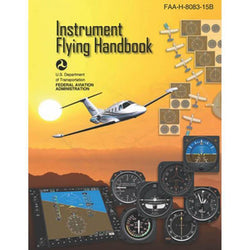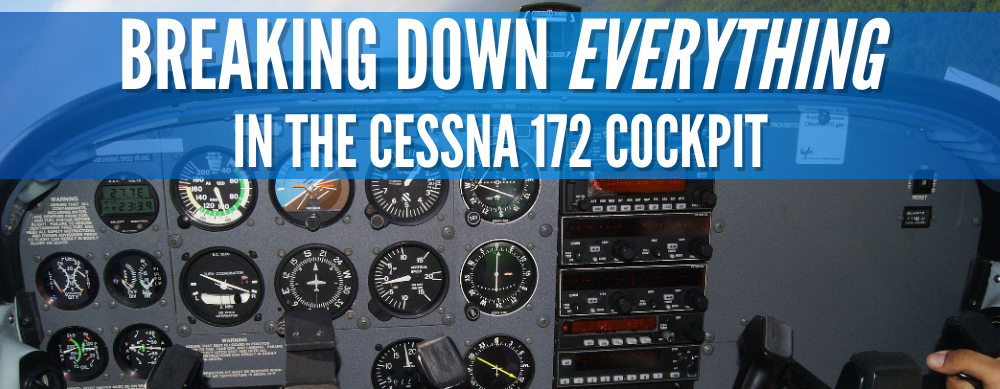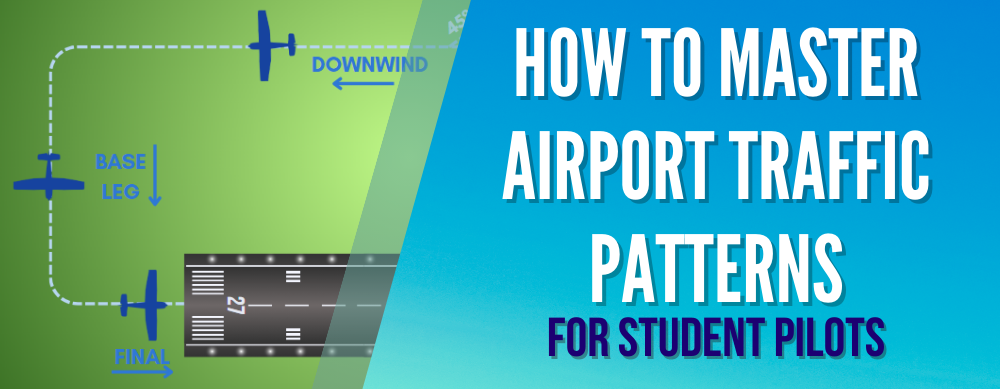Let's get into a flying maneuver that can make even the most seasoned private pilot break out in a cold sweat: power-off stalls.
These daunting maneuvers require precision and quick thinking, making them an important skill for any student or experienced pilot to master.
As you approach the landing phase of the flight, being able to expertly execute a power-off stall can mean the difference between a smooth touchdown and a dangerous emergency situation.
By understanding the warning signs and how to avoid stalling, pilots can safely navigate through this challenging aspect of flying. Get ready to learn all 13 steps of this nerve-wracking maneuver that keeps us all on our toes!
 What is a Power-Off Stall?
What is a Power-Off Stall?
A power-off stall occurs when an aircraft is in a landing configuration(mimicking the descent for landing), usually with the landing gear down and reduced power.
Power-off stalls involve reaching the critical angle of attack, where the airflow over the wings becomes insufficient to generate lift. This causes the aircraft to lower to its stall speed and the stall horn to alert the pilot of an impending stall.
Practicing stall recovery is important for pilots since it teaches them how to recognize and recover from stalls in landing scenarios.
 Why Do Stalls Occur?
Why Do Stalls Occur?
Stalls do not have anything to do with the engine or the airspeed of the aircraft, they occur when the wings of the aircraft reach their critical angle of attack and are no longer able to generate lift(which keeps planes flying).
The wings, relative wind, and critical angle of attack are what help to create lift and maintain coordinated flight.
 How to Perform Power-Off Stalls
How to Perform Power-Off Stalls
As pilots make their final approach in the traffic pattern, they may encounter power-off stalls. This is why mastering this maneuver is so vital and a big determining factor in your practical exam for receiving your Private Pilot License if you are a student pilot.
This training allows pilots to intimately understand the signs and signals of an impending stall, and take proactive measures to prevent it from occurring.
The power-off stall procedure will need to be performed according to the Airmen Certification Standards(page 42).
Pre-Maneuver Setup
1. Pick a proper location and position to execute this maneuver. Choose a location with areas that you'd easily be able to land in during an emergency, such as wide, open fields.
2. Altitude & Heading. Pick a safe entry altitude, avoid going lower than 1'500 AGL for single-engine land aircraft, and expect to lose altitude during the maneuver. Please make note of your heading, because you will need to make sure you return to it during the recovery process.
3. Perform clearing turns. Make sure to have the proper bank angle when performing these turns and expect to continue to look for traffic during the maneuver itself.
Entering the Maneuver
4. Reduce power to the normal approach speed for your aircraft and maintain altitude. Be sure to adjust the pitch attitude, and trim as needed. Turn on the Carb heat if it is equipped on the aircraft.
Performing the Maneuver
5. Once on the white arc(flap-operating range) extend the flaps in increments. You'll want the aircraft set up for the landing configuration.
6. Reduce the power to idle. Avoid improper pitch by maintaining altitude.
7. Pull the yoke back until the nose is level with the horizon. You'll want to keep the aircraft from descending, and then maintain consistent pressure to avoid excessive altitude loss.
8. Continue to apply back pressure on the yoke until imminent or full stall. At that point, you should hear the stall warning horn.
9. You will feel the nose drop during a full stall( this happens when the nose of the aircraft is between 5 to 10 degrees above the horizon).
Power-Off Stall Recovery
10. Reduce some of the back pressure, allowing the momentum to help generate speed, then add power. Manage your rudder pressure properly since the increased power will cause the aircraft to have left-turning tendencies.
11. Once the power is back in full, you can increase back pressure to recover your altitude and stop descending.
12. After stabilizing the aircraft and being able to maintain altitude, remove the flaps one notch at a time. Make sure to confirm a positive rate of climb following each notch.
13. Place in the final flap retraction, reduce power, adjust trim as needed, and transition smoothly into cruise flight and follow cruise checklist.
 Common Errors for Power-Off Stalls
Common Errors for Power-Off Stalls
While practicing this maneuver there are several common errors you'll either want to avoid or quickly correct if you find yourself experiencing them.
The Errors:
-
Failure to perform clearing turns to scan for traffic before the maneuver, and failure to continue to watch for traffic during the maneuver.
-
Going into the maneuver with an improper pitch attitude
-
Failure to keep the aircraft in coordinated flight.
-
Placing too much focus on the turn coordinator or the airspeed indicator.
-
Failure to disconnect the auto-pilot (if one is on board) before lowering the angle of attack.
-
Experiencing too much airspeed during the recovery process.
-
Losing too much altitude during the recovery process.
-
The aircraft goes into a secondary stall during the recovery process
 Power-On Stalls
Power-On Stalls
While similar to "power-off", a power-on stall occurs when you pull the aircraft nose up too high while maintaining full power. You will hit that critical angle of attack where the wings momentarily lose their lifting capabilities.
It's a whole different game from the power-off stall as the plane's engines are working hard, trying to climb. One thing to watch out for is the possibility of a secondary stall, it's an error that happens if recovery isn't handled delicately after the initial power-on stall.
This exercise is needed for pilots to understand the risks of a power-on stall during takeoff. By experiencing and recognizing stall characteristics and how they feel and look, pilots can quickly identify when they have too high of a nose angle while taking off with maximum power.
Learning about stall recovery during takeoff will only enhance a pilot's skills and ensure safer flights in the future.
Takeaway
Remember, mastering stall practice isn't just about knowing the theory; it's about feeling the aircraft's behavior firsthand. As a private pilot, your understanding of flight controls during stall scenarios can be a game-changer.
Keep in mind the entry altitude for stall practice, maintain a positive rate of climb whenever possible, and be vigilant about your power setting. Recognize that a fully developed stall occurs when you least expect it, so stay sharp on recovery techniques.
Also, during landing, make sure that the aircraft's pitch attitude is appropriate to avoid secondary stalls. Practice makes you proficient, so dive into these maneuvers with both caution and confidence, and master them to enhance your flying skills.
Want to learn about flight maneuvers?
Our guides are designed to help student pilots become professional pilots and for private pilots to brush up on their knowledge and skills.
-
The Chandelle Maneuver: What it is and Why You Should Learn to Fly it
-
How To Fly Turns Around A Point (Complete Guide + Lesson Plan)
Did you find this article helpful?
Do you think we missed anything important? Let us know in the comments below!




